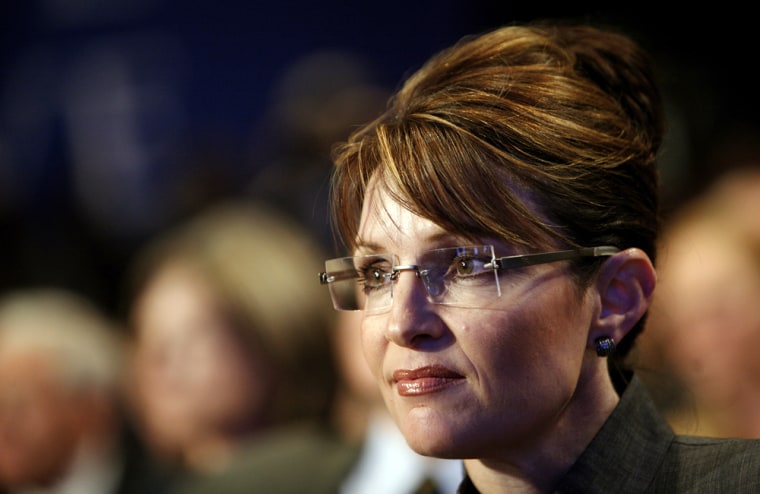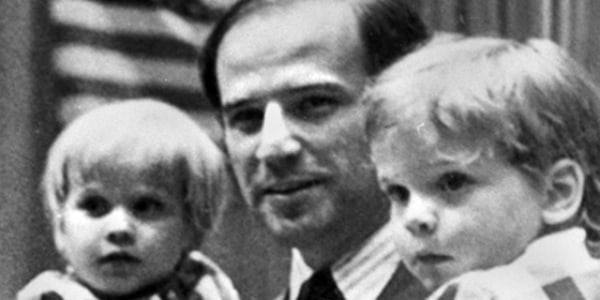Not since took the stage in 1988 have debate expectations for a major party candidate been as low as they will be on Thursday for Gov. of Alaska.
A newcomer to the national scene, Ms. Palin has given little indication that she has been engaged in a serious way in the pressing national and international issues of the day.
But a review of a handful of her debate performances in the race for governor in 2006 shows a somewhat different persona from the one that has emerged since Senator , Republican of Arizona, named Ms. Palin as the vice-presidential nominee a month ago.
Ms. Palin, a former mayor who had become a whistle-blower about ethical misconduct in state government, held her own in those debates. (There were almost two dozen in the general election alone; she skipped some, and not all were recorded.)
She staked out a populist stance against oil companies and projected a fresh, down-to-earth face at a time when voters wanted change. That helped her soundly defeat , the unpopular Republican governor, in the primary and former Gov. Tony Knowles in the general election.
Her debating style was rarely confrontational, and she appeared confident. In contrast to today, when she seems unversed on several important issues, she demonstrated fluency on certain subjects, particularly oil and gas development.
But just as she does now, Ms. Palin often spoke in generalities and showed scant aptitude for developing arguments beyond a talking point or two. Her sentences were distinguished by their repetition of words, by the use of the phrase “here in Alaska” and for gaps. On paper, her sentences would have been difficult to diagram.
John Bitney, the policy director for her campaign for governor and the main person who helped prepare her for debates, said her repetition of words was “her way of running down the clock as her mind searches for where she wants to go.”
These tendencies could fuzz her meaning and lead her into linguistic cul-de-sacs. She often used less than her allotted time and ended her answers abruptly.
When questioned about the nuts and bolts of governing, Ms. Palin tended to avoid specifics and instead fell back on her core values: a broadly conservative philosophy and a can-do spirit.
“My attitude and my approaches towards dealing with the complexities of health care issues,” she said in an debate in October 2006, “is a respectful and responsible approach, and it’s a positive approach. I don’t believe that the sky is falling here in Alaska.”
These patterns could help explain why the McCain campaign negotiated for less time for discussion in her debate Thursday with Senator of Delaware than the presidential candidates had in their debate last week.
Ms. Palin was not always at her best when questioned by her opponents in the governor’s race.
Slideshow 30 photos
Joe Biden: A public life in pictures
In the AARP debate, Mr. Knowles and Andrew Halcro, an independent, double-teamed her to press her about how she would pay for health care.
In response to Mr. Knowles, she mentioned “certificates of need” and said they had been inflexible, “creating an environment where a lot of folks are lacking the receiving of their health care that is needed in some of the areas, especially in some of our larger markets.” She added, “The State of Alaska needs to be looking specifically at that inflexibility that exists today in order to fill some of the market needs that are out there in Alaska in our larger markets.”
She then added, “I can’t tell you how much that will reduce monetarily our health care costs, but competition makes everyone better, it makes us work harder, it does allow reduction in costs, so addressing that is going to be a priority.”
Mr. Knowles was nonplussed, saying that he did not understand her answer and that Ms. Palin had missed the point.
Mr. Halcro asked how she would pay for critical health care programs.
“Well, the point there, Andrew,” she said, “is that these are critical, and again it’s a matter of prioritizing and it’s a matter of government understanding its proper role in public safety, is health care, so it’s a matter of priorities.”
Mr. Halcro called her answer “political gibberish.”
But other times, she gave direct answers that appealed directly to her audience. The candidates were asked in a debate on Aug. 17, 2006, by a rural resident via video whether they would restore a longevity bonus for senior citizens, a payment intended to keep them from leaving the state.
“No,” Mr. Murkowski said gruffly. John Binkley, a third candidate, said yes. Ms. Palin’s response was filled with emotion.
“Yes, our precious, precious elders,” she said, looking into the camera. “For those who were prematurely lopped off, I am so sorry that that has happened to you.”
But generally, her voice carried surprisingly little affect.
“In tone, manner and sometimes even language, she treated every issue exactly the same,” Michael Carey, the former editorial page editor of The Anchorage Daily News, wrote in an essay about Ms. Palin. “She gave no suggestion that some issues are of higher priority than others. Her voice was cheerful, up-tempo, optimistic, never off key but always in the same key.”
Perhaps her strength in debating was coming across like an average person who understood the average person’s needs and would not be expected to have detailed policy prescriptions.
She also neutralized some of her conservative social views. She said intelligent design should be taught in schools — along with evolution. She said she favored the teaching of abstinence — along with the teaching of sex education. “Let the kids debate both sides,” she said.
She was not a particularly aggressive debater, and she rarely took an opportunity to challenge her opponents. But when pressed, she could be tough. In a roundtable discussion in October on the “Bob and Mark Show,” Mr. Halcro suggested that Ms. Palin had not attended enough debates.
“It’s been a year today that I’ve been on the campaign trail,” Ms. Palin responded, “attending many, many more forums, more debates, than either one of you, Tony and Andrew, because I had a primary opponent. You know, you got to have the balls to take it on in the early part of a campaign, and not just go right to the big show.”
This article, Past debates show a confident Palin, at times fluent but often vague, first appeared in The New York Times.

